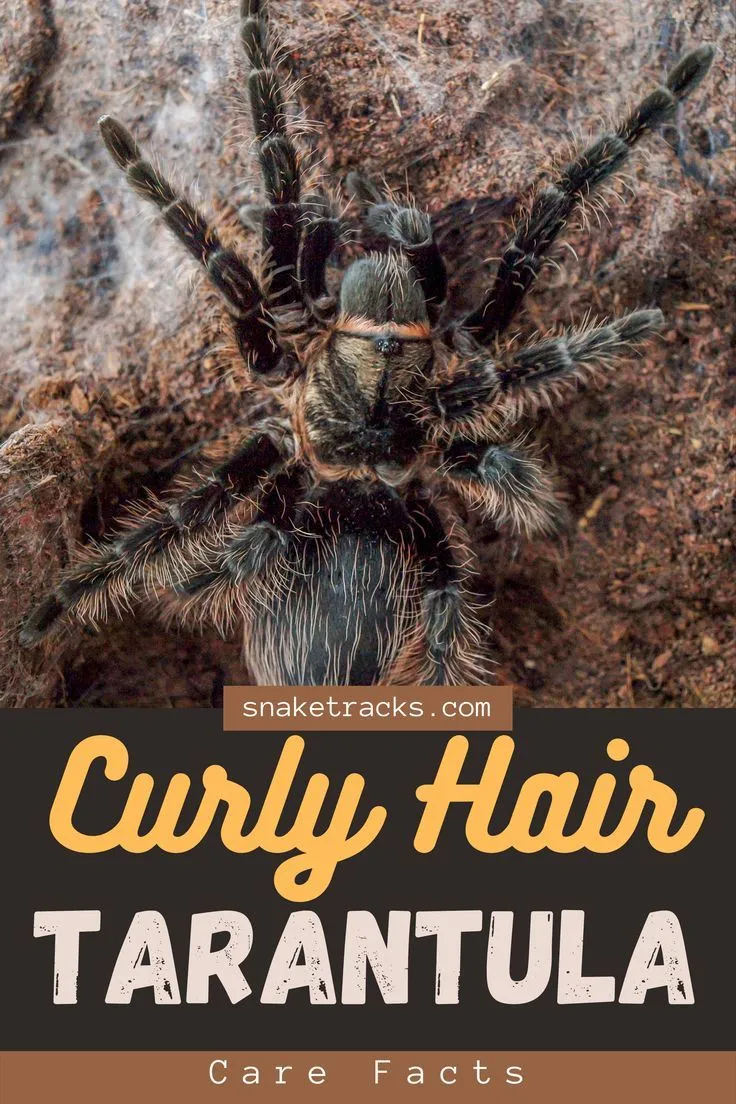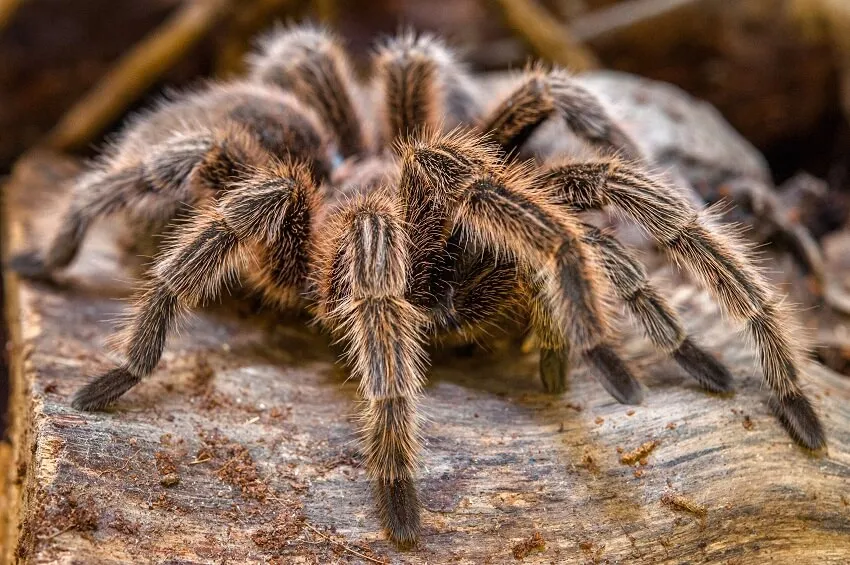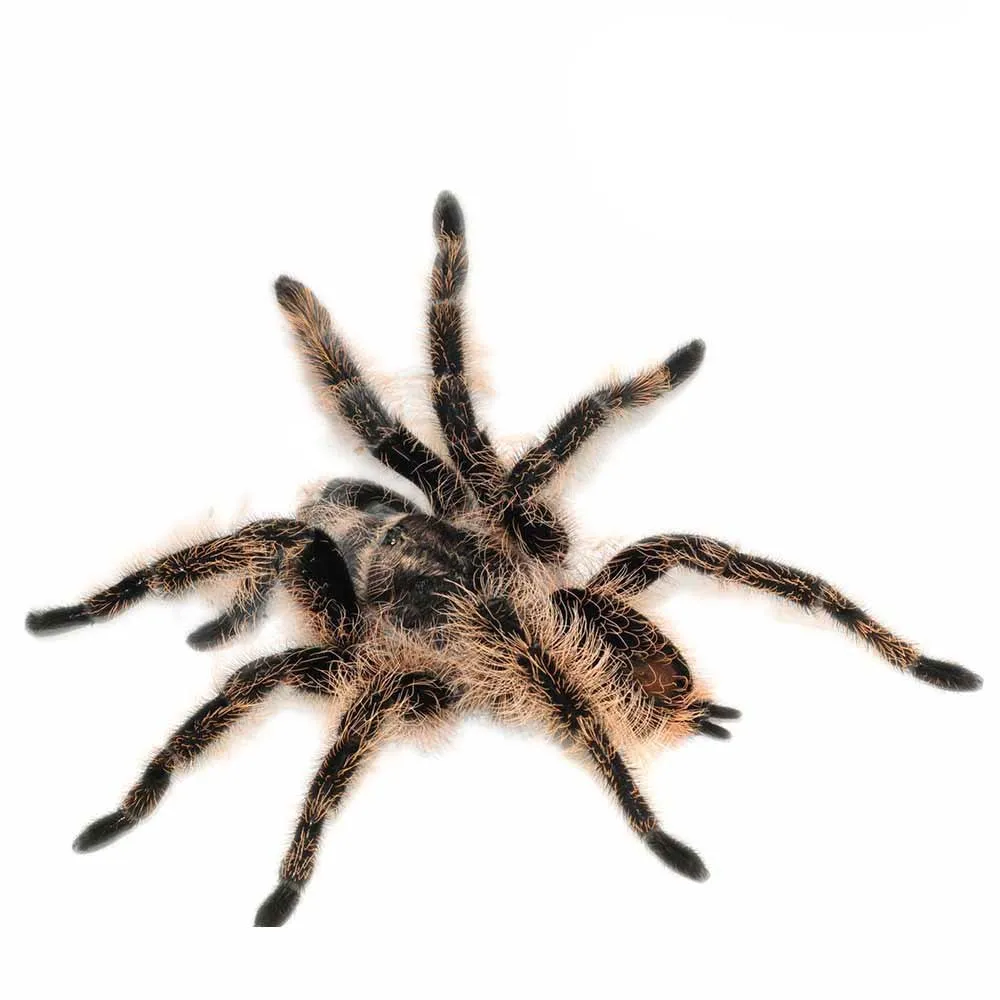Common Curly Hair Tarantula Housing Mistakes
Caring for a curly hair tarantula can be a rewarding experience, but it’s essential to avoid common housing mistakes that can negatively impact their health and well-being. Providing the right environment is crucial for a thriving tarantula, and understanding these pitfalls will help you create a suitable and safe habitat for your pet. This guide will delve into the top 5 mistakes, offering insights and solutions to ensure your curly hair tarantula lives a long and happy life. By addressing these common errors, you can significantly improve the quality of life for your arachnid companion and enjoy the fascinating world of tarantula keeping.
Incorrect Enclosure Size
One of the most frequent mistakes is choosing the wrong size enclosure. Both too small and too large enclosures can cause problems for your curly hair tarantula. An enclosure that’s too small restricts movement and can make it difficult for the tarantula to molt properly. On the other hand, a habitat that’s excessively large can make it challenging for the tarantula to find its food, feel secure, and can lead to stress. The goal is to provide a space that allows the tarantula to thrive, hunt effectively, and feel safe without feeling overwhelmed by the surroundings. A well-sized enclosure is a cornerstone of good tarantula care.
Understanding Tarantula Size Needs

The size of the enclosure should be based on the tarantula’s size, not its perceived cuteness or the desire for a decorative setup. As a general guideline, the enclosure should be roughly twice the tarantula’s leg span in width and length, and a bit taller to allow for substrate depth and potential climbing space. For a juvenile curly hair tarantula, a 5-gallon tank or a similarly sized enclosure is usually sufficient. As your tarantula grows, you will need to upgrade its housing. A larger adult may need a 10-gallon or 20-gallon tank. Always consider the tarantula’s current and projected adult size when selecting an enclosure. Proper sizing is fundamental for ensuring your tarantula’s comfort and health.
Why Too Much Space is Detrimental
Contrary to what some may believe, more space isn’t always better for a tarantula. An excessively large enclosure can be stressful for a curly hair tarantula because it might feel exposed and vulnerable. Tarantulas are ambush predators, and they thrive in environments where they can establish a territory and feel safe. A vast enclosure can make it challenging for them to find food, which can lead to stress and poor feeding habits. Additionally, it can be difficult to maintain the correct temperature and humidity levels in a very large space. The key is to strike a balance between providing adequate space for movement and ensuring the tarantula feels secure in its environment, and thus, an appropriate enclosure size is vital for the well-being of your pet.
Lack of Proper Substrate
Substrate is more than just the bedding for your curly hair tarantula; it plays a vital role in their overall health and well-being. The right substrate helps regulate humidity, allows the tarantula to burrow (which they love to do), and provides a comfortable environment. Unfortunately, many owners overlook this essential aspect of tarantula care, leading to a range of potential problems. Selecting the incorrect substrate or neglecting its proper maintenance can compromise the tarantula’s ability to thrive and may even affect its survival. Making the right choices with substrate will create a healthy environment for your pet.
Importance of Appropriate Substrate

Appropriate substrate is crucial for maintaining the correct humidity levels, which are essential for a curly hair tarantula’s molting process. A dry environment can lead to molting problems, such as the tarantula getting stuck in its old exoskeleton. The substrate also provides a medium for the tarantula to burrow, which is a natural behavior that helps them feel safe and secure. In addition, the right substrate can act as a buffer against temperature fluctuations and can help absorb waste, contributing to a cleaner enclosure. A good substrate setup is a foundational component of proper tarantula care, ensuring a healthy and comfortable environment for your pet.
Substrate Choices and Their Impact
There are various substrate options available, but the best choices for a curly hair tarantula usually include a mixture of coconut fiber, peat moss, and a bit of vermiculite or sphagnum moss. Coconut fiber is an excellent base as it retains moisture well and is generally safe. Peat moss adds to the moisture-retaining capabilities, while vermiculite and sphagnum moss help maintain humidity. Avoid using substrates like cedar or pine shavings, as these can be toxic to tarantulas. The substrate depth should be at least 4-6 inches to allow for burrowing. Regular cleaning and maintenance, including removing any uneaten food and feces, will keep the substrate fresh and hygienic, protecting your tarantula from potential health issues.
Ignoring Temperature and Humidity
Creating the correct climate is a significant factor in maintaining a healthy curly hair tarantula. These creatures are sensitive to temperature and humidity fluctuations, and ignoring these elements can lead to serious health problems, including dehydration, molting issues, and even death. A well-managed environment is paramount to their survival. Maintaining the proper temperature and humidity levels is vital for their well-being and overall quality of life. Failing to do so can be one of the most detrimental mistakes you can make in tarantula care.
Ideal Temperature and Humidity Levels

Curly hair tarantulas thrive in a temperature range between 75-85°F (24-29°C). A heat lamp or under-tank heater can help maintain these temperatures, but it’s important to avoid direct heat sources that could overheat the enclosure. The humidity level should be maintained at around 65-75%. To measure humidity, you can use a hygrometer placed inside the enclosure. To increase humidity, mist the substrate with dechlorinated water regularly. Ensure proper ventilation to prevent mold growth. Regular monitoring and adjustments are necessary to maintain these conditions. Providing a suitable climate is a key factor in successful tarantula keeping.
Consequences of Improper Climate
When temperature and humidity levels are not correct, it leads to health problems. Low humidity can cause dehydration, which can interfere with the molting process. This can be difficult and potentially fatal for the tarantula. High humidity combined with poor ventilation can lead to mold and fungal growth, which can also be harmful. Extreme temperatures can cause stress and even death. Regularly monitoring the enclosure’s climate and making necessary adjustments with proper equipment like thermometers and hygrometers is essential to prevent these issues. The right climate can ensure your tarantula’s comfort and health, allowing it to live a long and healthy life.
Insufficient Hiding Places
Curly hair tarantulas are secretive creatures, and they naturally seek shelter. Insufficient hiding places can cause them undue stress, which can lead to various behavioral issues, including loss of appetite and aggression. Providing a secure hiding spot allows them to feel safe and secure, which is essential for their well-being. A tarantula that feels secure is more likely to be active, feed regularly, and display its natural behaviors. This is a fundamental aspect of creating a comfortable and enriching environment for your pet. Providing them with adequate hiding places is a key component in responsible tarantula care.
Benefits of Providing Hiding Spots

Hiding spots are crucial for your tarantula’s mental and physical well-being. They provide a sense of security, allowing the tarantula to retreat when feeling stressed or threatened. This reduces the likelihood of the tarantula becoming stressed, which can negatively affect its appetite and overall health. A hiding spot also provides a place for the tarantula to molt in privacy, which is important for its molting cycle. Furthermore, providing hiding spots allows the tarantula to exhibit its natural behaviors. They are ambush predators, and a hiding spot gives them a place to wait for prey. A well-designed habitat includes at least one hiding spot, such as a piece of cork bark, a half-log, or an artificial hide. This contributes to a healthier and happier tarantula.
Choosing the Right Hiding Spot
When selecting a hiding spot, choose something that is appropriately sized and easy for the tarantula to access. Cork bark is a popular and excellent choice as it provides a natural look, allows the tarantula to feel secure, and doesn’t retain moisture. A half-log or a commercially available hide can also be used. Make sure the hiding spot is stable and won’t collapse on the tarantula. Ensure the hiding spot isn’t too small, as the tarantula must be able to comfortably fit inside. The more options available, the more enriched the enclosure is. Consider the size and the behavior of your tarantula to select a suitable hide. A well-chosen hiding spot can significantly improve your tarantula’s quality of life.
Poor Ventilation
Good ventilation is critical for tarantula housing, but it’s often overlooked. Poor ventilation can lead to a build-up of stagnant air, which increases humidity and creates an environment ripe for mold and bacteria. In addition to creating an unhealthy environment, poor ventilation can lead to respiratory infections in the tarantula. Proper airflow ensures that the enclosure remains healthy, reduces the risk of disease, and provides a safe environment for your pet. This is a critical aspect of tarantula care that is essential to maintain for its health and longevity.
The Role of Ventilation in Tarantula Housing

Ventilation serves several important purposes in a tarantula enclosure. Primarily, it facilitates the exchange of air, removing stale air and replacing it with fresh air. This helps to regulate humidity levels, preventing the excessive build-up of moisture that can cause mold and bacterial growth. Ventilation also aids in the removal of harmful gases and odors that may accumulate in the enclosure. Moreover, proper ventilation is crucial for maintaining the right microclimate within the enclosure, contributing to the overall health and well-being of your tarantula. Without proper ventilation, the enclosure can become a breeding ground for harmful microorganisms, and your tarantula is at risk.
How to Ensure Adequate Airflow
To ensure proper airflow in your tarantula’s enclosure, you should create a cross-ventilation system. This can be achieved by having ventilation holes on opposite sides of the enclosure, such as on the top and sides. The size and number of the ventilation holes should be sufficient to allow for adequate air exchange without causing excessive drafts that could dry out the enclosure. Regularly inspect the ventilation holes to ensure they are free of obstructions, such as substrate or spider webs. If you use a screen lid, ensure the mesh is not too fine, as this can restrict airflow. Monitoring humidity levels and observing the enclosure for signs of condensation can help you determine if ventilation is adequate. If you notice persistent condensation, it is a good sign of poor ventilation and adjustments need to be made.
